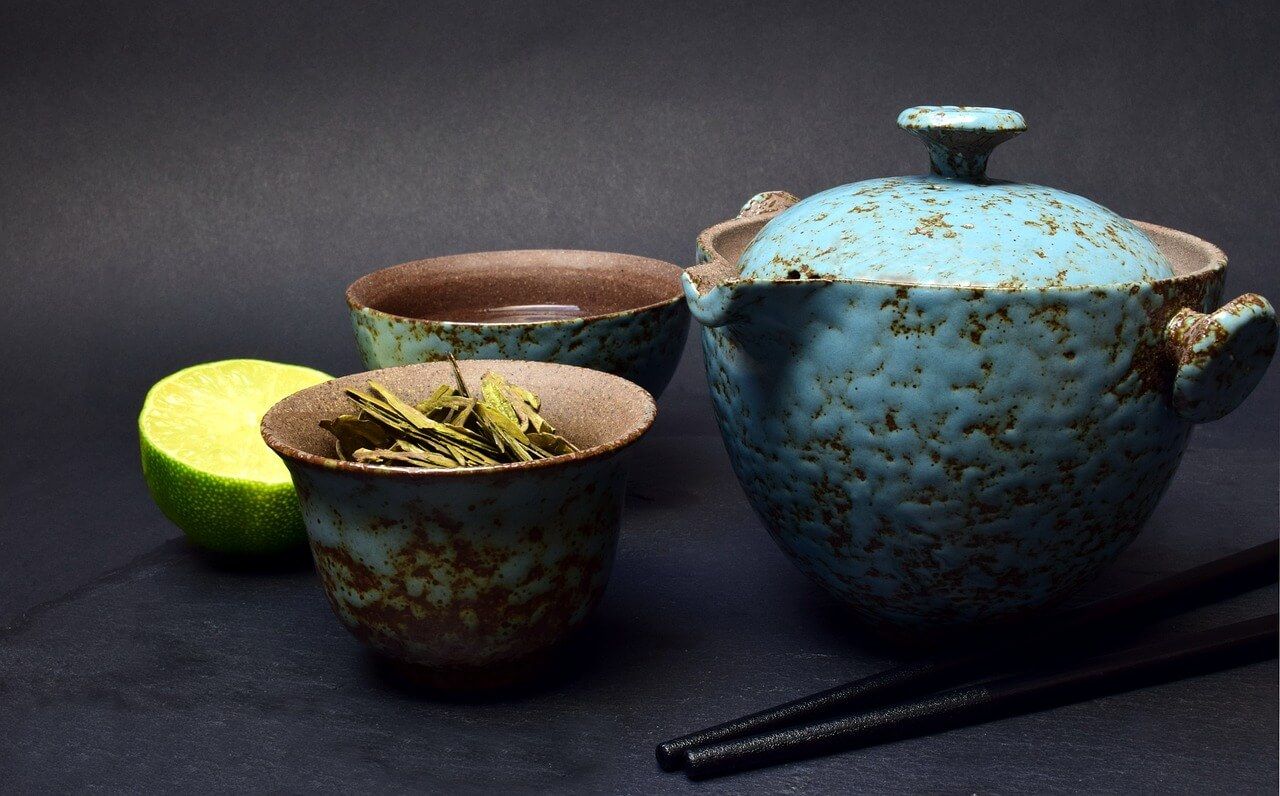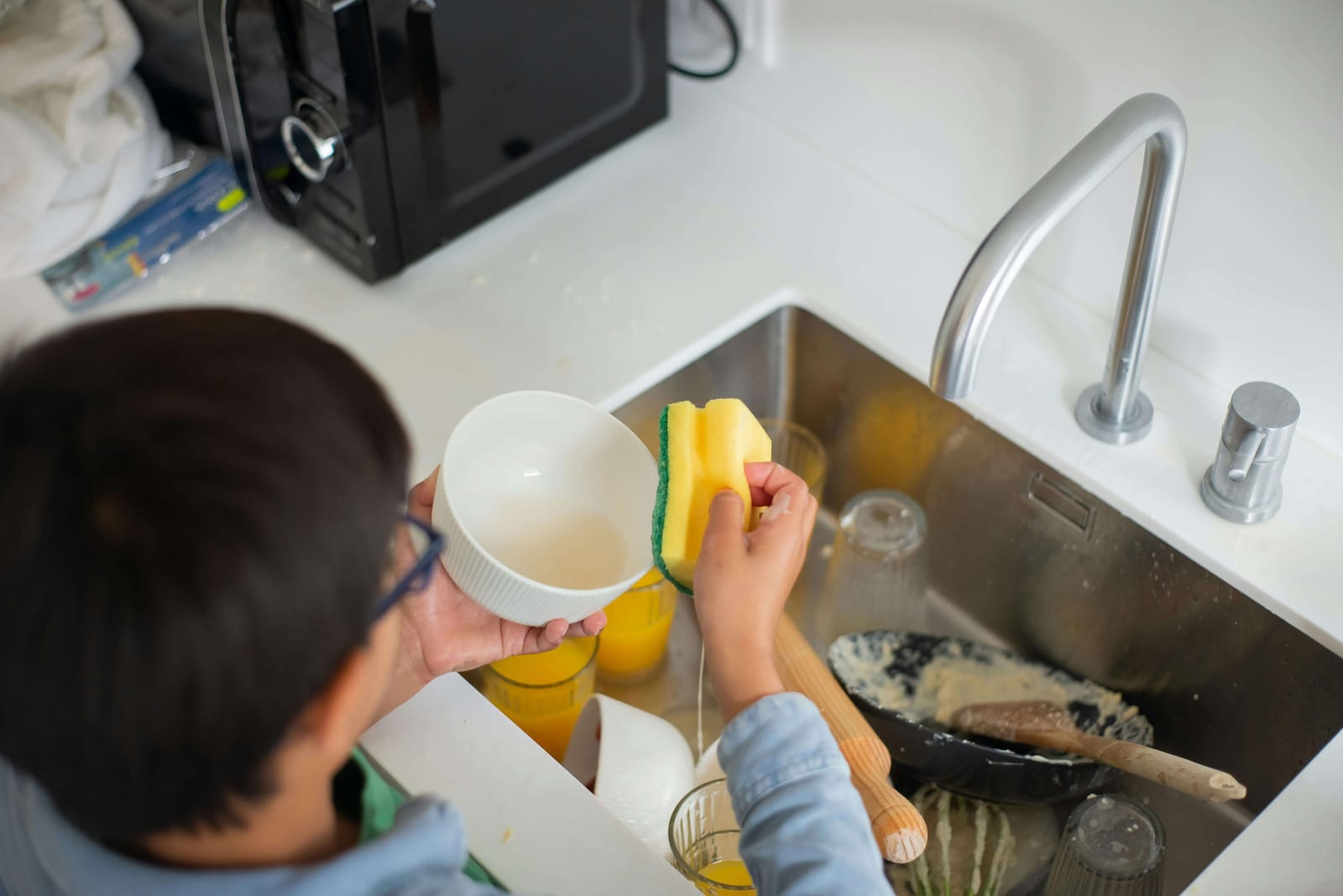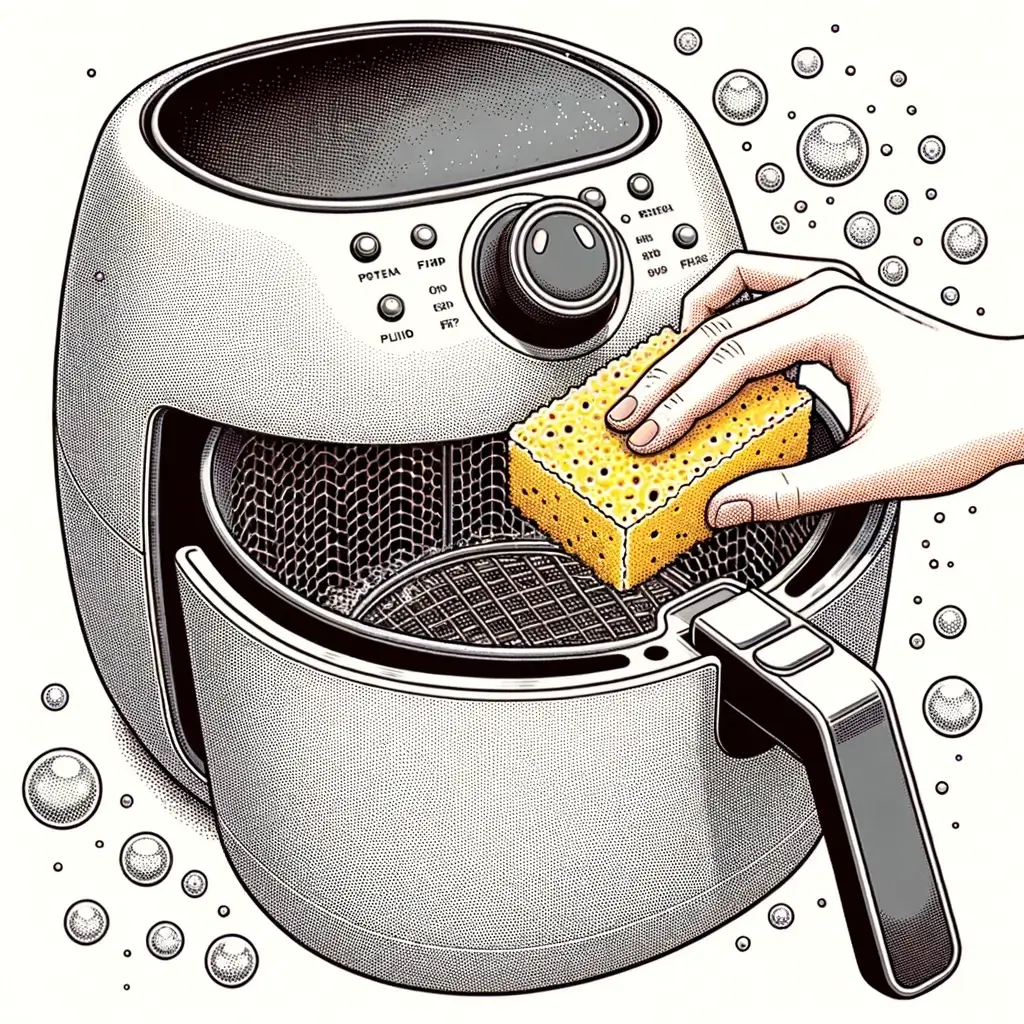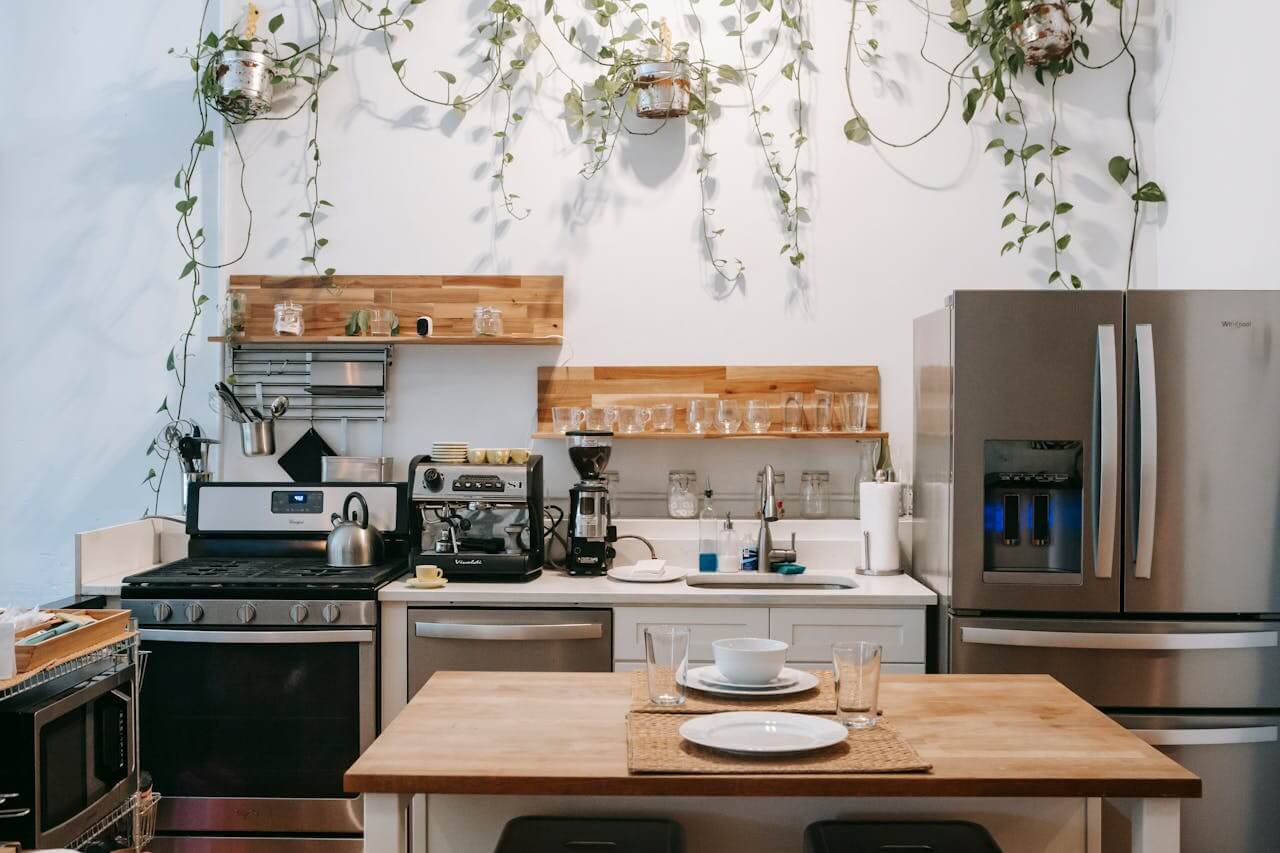Tea, a universally loved beverage with a fascinating past, has a history that spans centuries and transcends cultural boundaries. Tea kettles, which play a significant role in the preparation and serving of tea, have both functional and symbolic value.
This micro-post explores the captivating history and cultural significance of tea kettles, including their evolution, the reasons behind different shapes, the invention of tea kettles, the impact of tea bags, and the rituals associated with tea kettle usage.
The Origins of Tea Kettles:
Tea kettles have a rich history that spans various cultures, but their precise origins remain a subject of scholarly debate. Initially crafted from materials like bronze, these vessels were first used in ancient China for the specific purpose of heating water to steep tea leaves. Over time, different cultures adopted and adapted the tea kettle, each adding unique features that reflected their tea-drinking customs.
For example, copper and silver became popular choices in certain regions due to their excellent heat conductivity. However, it wasn't until modern times that stainless steel emerged as a durable and practical option, largely due to its rust-resistant properties.
The Invention and Refinement of Tea Kettles:
The Industrial Revolution marked a significant turning point in the history of tea kettles. Advances in manufacturing techniques enabled mass production, making these once-elite items accessible to the general public. This period also saw the introduction of new materials and design features aimed at improving the kettle's efficiency and convenience.
For instance, the whistling kettle, a design that emits a sound to indicate when the water has reached boiling point, became a household staple. These innovations revolutionized the process of boiling water for tea, transforming it from a laborious task to a convenient activity that could be enjoyed by tea lovers everywhere.
The Diversity of Teapot and Kettle Shapes: A Cultural Perspective
Teapots and tea kettles come in a myriad of shapes, each with its own unique function and cultural significance. The design of these vessels is not merely a matter of aesthetics; it often serves specific practical purposes and reflects the cultural values and traditions of the societies that use them. For example, in China, teapots are often round with a short spout and a small handle. This design aids in heat retention, which is crucial for preserving the delicate flavors of traditional Chinese teas like oolong and green tea.
In contrast, British teapots are often more angular and come with longer spouts, making it easier to pour tea without spilling. This design also evokes a sense of tradition and formality, reflecting the British custom of afternoon tea. In Japan, the design of the kettle used in traditional tea ceremonies, known as "chagama," is highly ritualized and reflects the cultural emphasis on harmony and respect.
These varying designs are not just about form; they also serve to enhance the function of the teapot or kettle, whether it's to retain heat, facilitate pouring, or even steep tea in a particular way. Thus, the diversity in teapot and kettle shapes serves as a fascinating lens through which to understand the cultural nuances and practical considerations that shape tea-drinking practices around the world.
The Accidental Innovation: The Birth of the Tea Bag
While tea kettles have been a cornerstone in the traditional preparation of tea, the advent of the tea bag in the early 20th century marked a significant turning point in how people consume this beloved beverage. Thomas Sullivan, a New York-based tea merchant, inadvertently changed the tea-drinking landscape when he sent out samples of loose tea leaves in small silk bags. Customers found it convenient to steep the tea directly in these bags, eliminating the need for a separate tea strainer.
This accidental innovation led to the development of the modern tea bag, offering a practical, mess-free alternative to loose-leaf tea. The convenience of tea bags quickly caught on, revolutionizing tea preparation and making it accessible to a broader audience.
The Cultural and Ritualistic Importance of Tea Kettles
Tea kettles are not just utilitarian objects; they hold profound cultural and symbolic significance in various societies around the world. In Japan, the tea kettle, or "chagama," is more than a mere vessel for boiling water. Used in the traditional Japanese tea ceremony, the chagama is considered a sacred object that embodies the principles of harmony, respect, and tranquility.
Similarly, in Chinese tea ceremonies, Yixing clay teapots are highly valued for their unique porous nature, which enhances the flavor and aroma of the tea over time. These ceremonies are not merely about drinking tea but are intricate rituals that reflect the cultural values and philosophies of their respective societies.
Whether it's the Japanese "chagama" or the Chinese Yixing teapot, these culturally significant objects serve as a testament to the deep-rooted appreciation and reverence for the art of tea preparation. They exemplify how tea and its associated rituals can serve as a unifying cultural element, transcending geographical and linguistic barriers.
Traditional Designs vs. Modern Innovations: Blending the Past with the Present
Tea kettles have transformed over time, harmoniously merging traditional designs with modern innovations. While traditional styles hold deep cultural significance, contemporary advancements have introduced new features and materials, enhancing both functionality and convenience.
Traditional tea kettles embody the aesthetics and rituals of tea-drinking cultures. For instance, in Japan, the chagama, a kettle used in tea ceremonies, boasts an elegant and timeless design. Crafted from cast iron, these kettles feature intricate patterns and user-friendly handles.
In contrast, modern tea kettles embrace technological progress to cater to the needs of today's tea enthusiasts. Electric kettles with precise temperature control have gained popularity, enabling tea lovers to achieve the perfect water temperature for different tea varieties. Stainless steel and glass kettles are also favored for their durability and aesthetic appeal in contemporary designs.
Finding a balance between preserving traditional craftsmanship and embracing the advantages of modern technology is crucial when selecting a tea kettle that aligns with individual preferences. The choice between a traditional design, steeped in cultural heritage, or a modern electric kettle, offering convenience and efficiency, depends on personal taste and requirements.
By embracing the timeless charm of traditional designs and integrating the benefits of modern innovations, tea kettles seamlessly bridge the gap between past traditions and present-day needs. They ensure that the joy of brewing and serving tea endures, resonating with tea enthusiasts across generations in our ever-evolving world.
Tea kettles have a rich history intertwined with the cultural traditions of tea-drinking communities. From their ancient origins to modern innovations, they have evolved in design, materials, and functionality.
The next time you pour a cup of tea, take a moment to appreciate the centuries-old history and cultural heritage embodied in this remarkable vessel.
Further Reading
- If you're interested in exploring the best gooseneck kettles available, we invite you to check out our dedicated article where we share our current top recommendations.
- If you're not familiar with gooseneck kettles and their preference for brewing tea or pour-over coffee, we recommend reading our article that delves into the reasons behind their popularity.
- Discover effective kettle cleaning tips in T Ching's article "Dirty Little (Tea) Secrets."



